Graphic
studio juniper Te Pae
-
Pou Auaha / Creative Director
Christina Biliouri -
Pou Taketake / Cultural Leads
Dr Angelos Varvarousis, Bernd Gundermann
-
Kaituhi Matua / Copywriter Leads
Bernd Gundermann, Lizzy Pearson
-
Ngā Kaimahi / Team Member
Yiannis Alexandropoulos -
Kaitautoko / Contributors
Dennis Radermacher (photography), Bernd Gundermann (photography), Michael Parkin (photography), Danai Issaris (book photoshoot) -
Client
Rau Paenga Limited (formerly Ōtākaro)
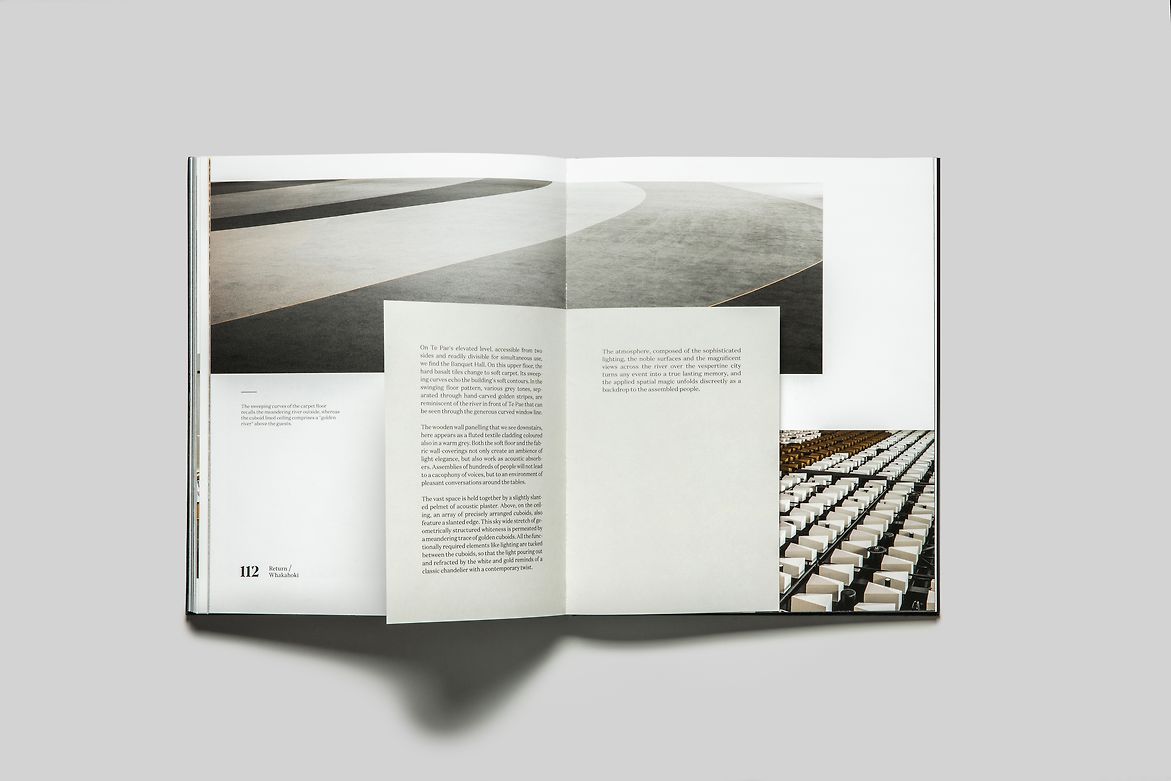
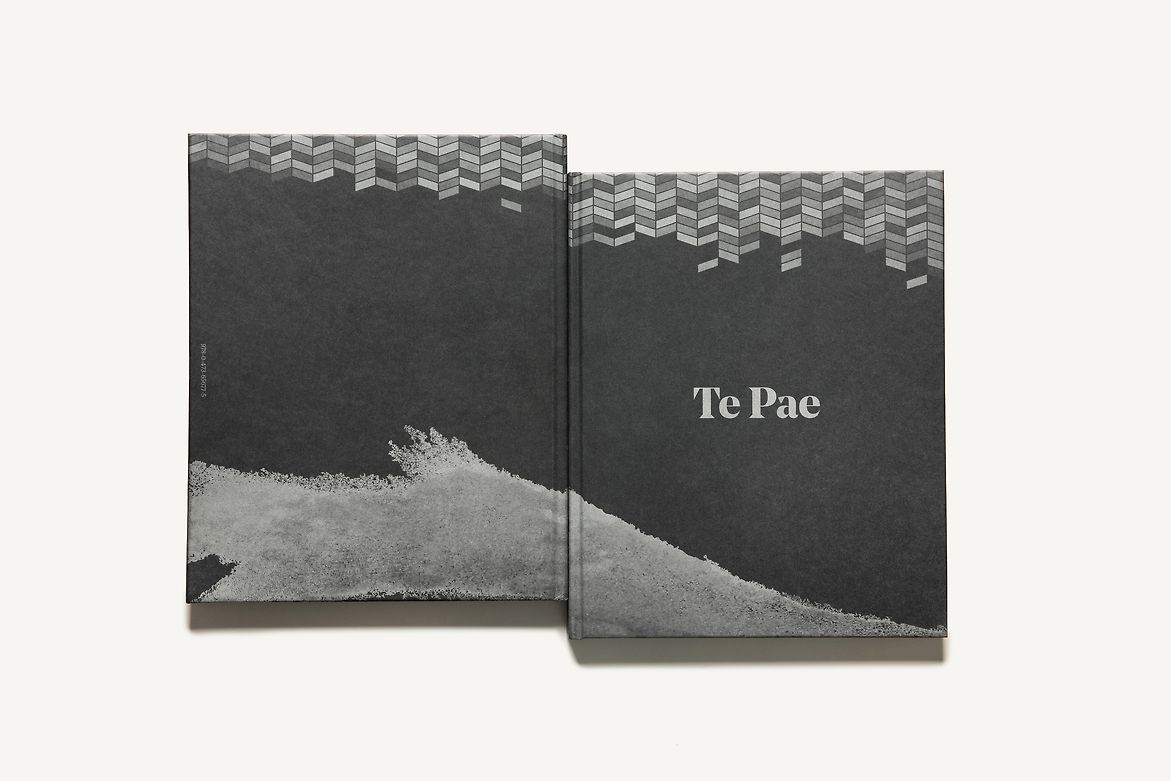
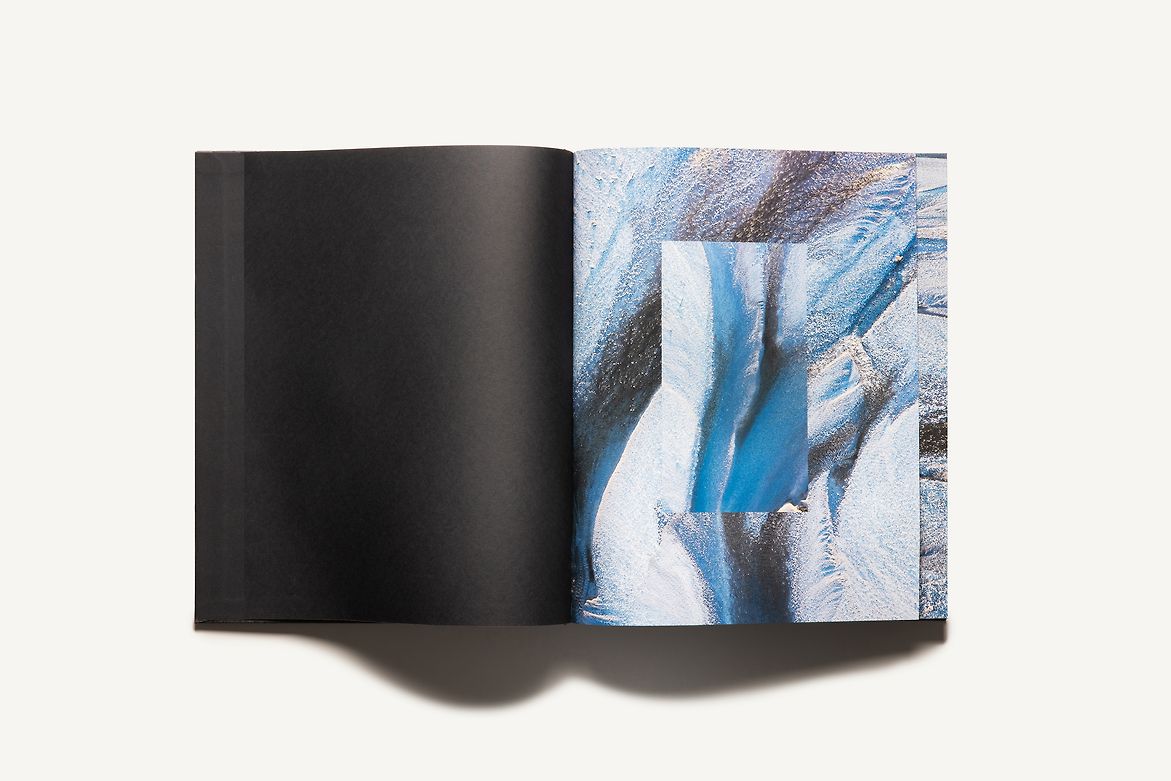
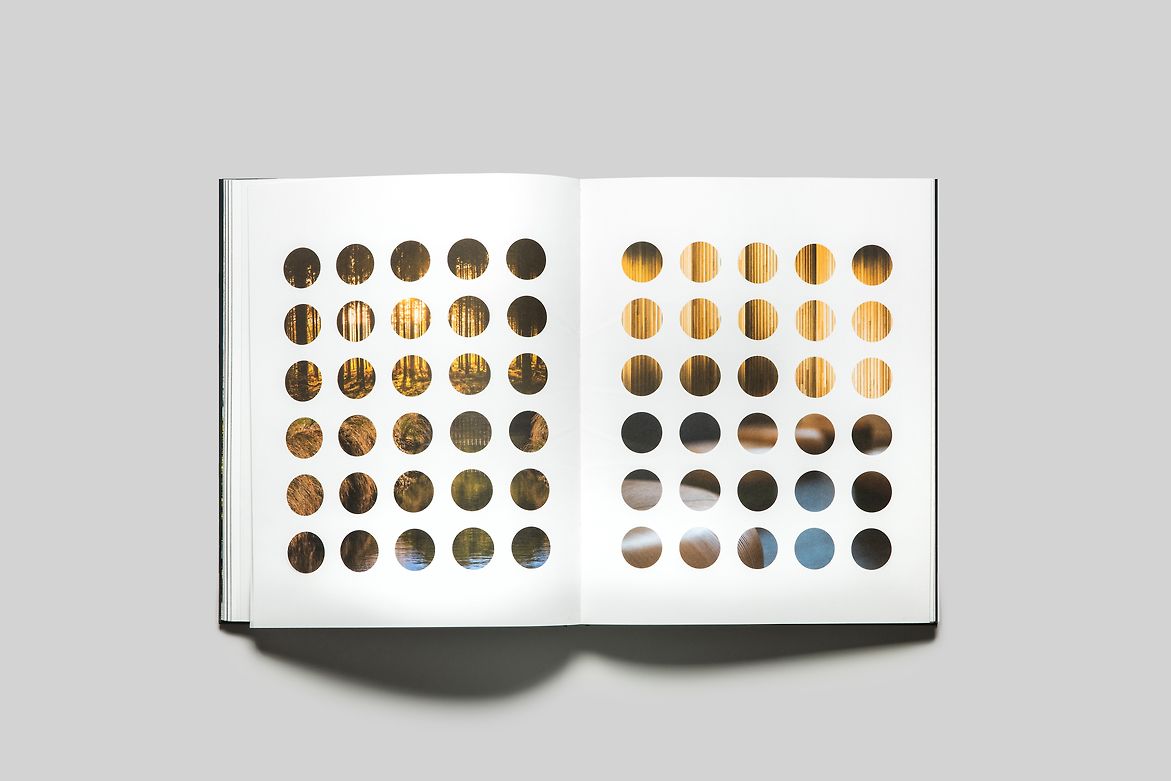
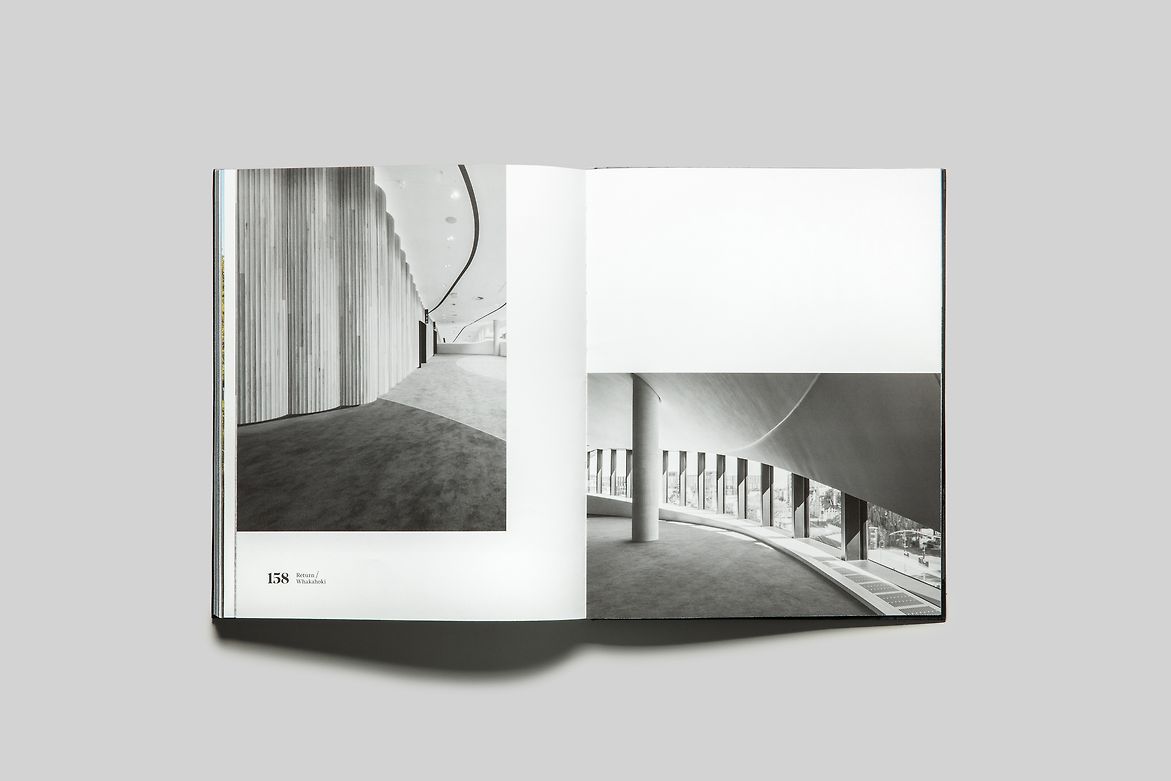
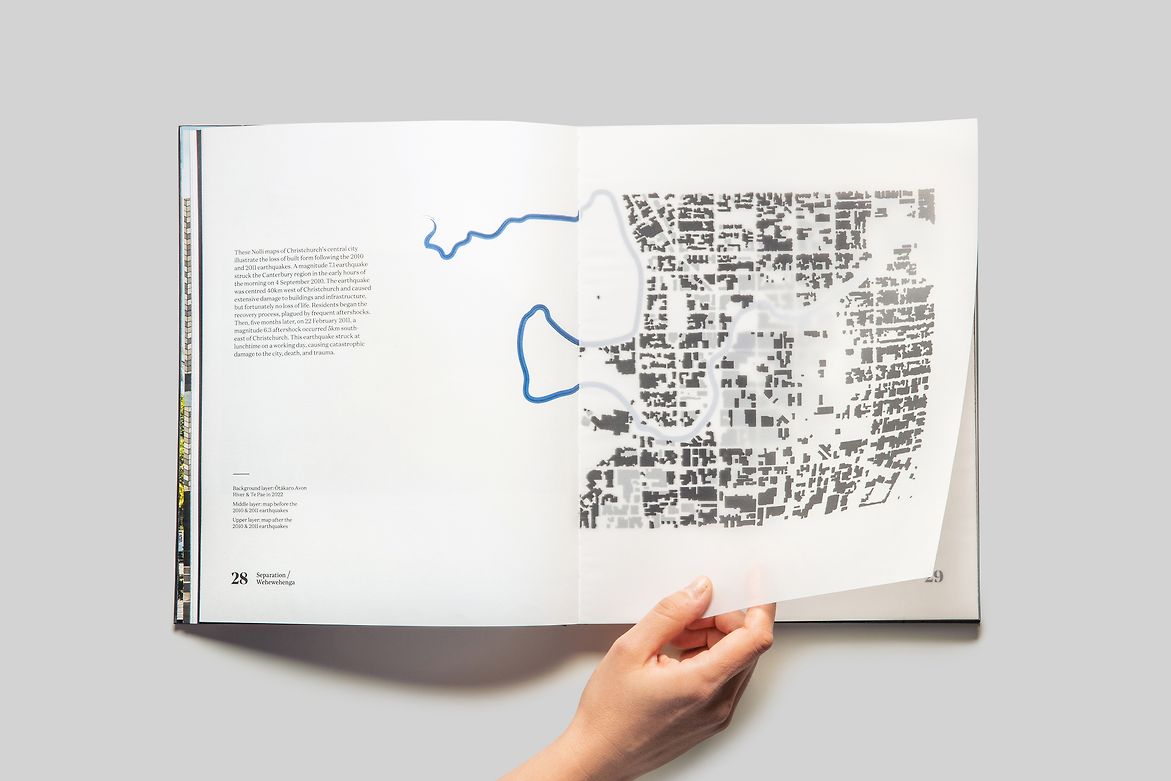
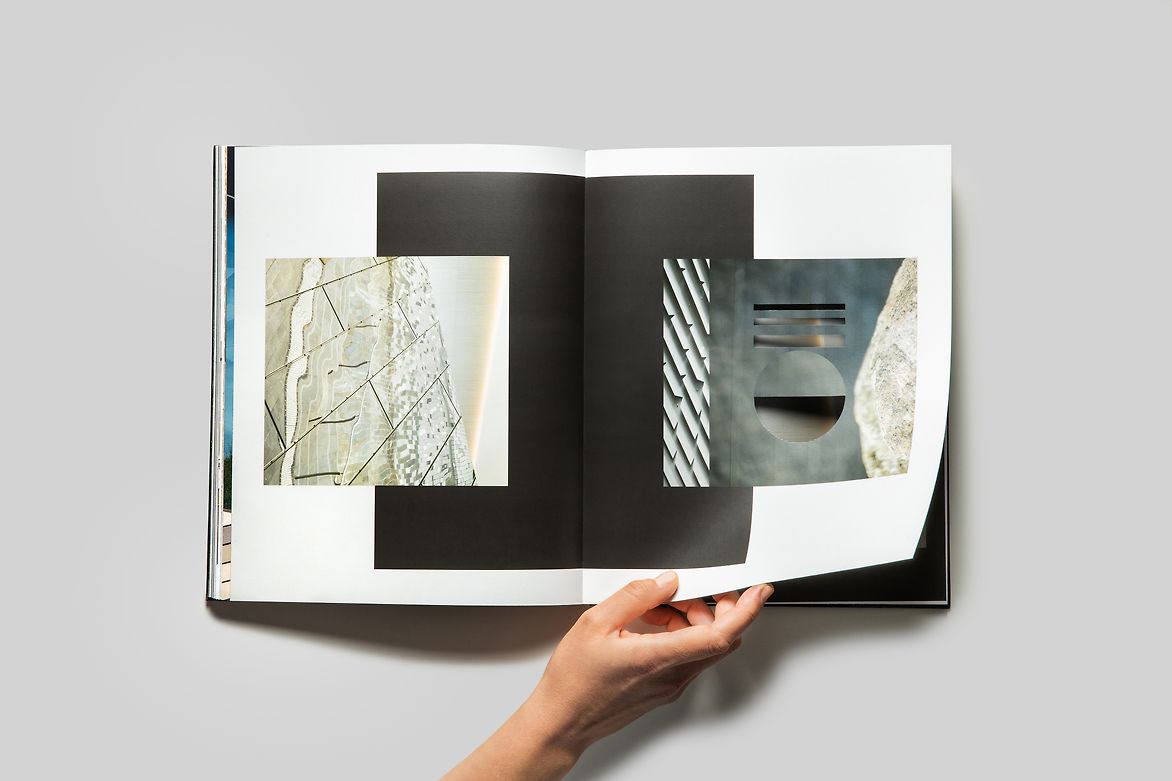
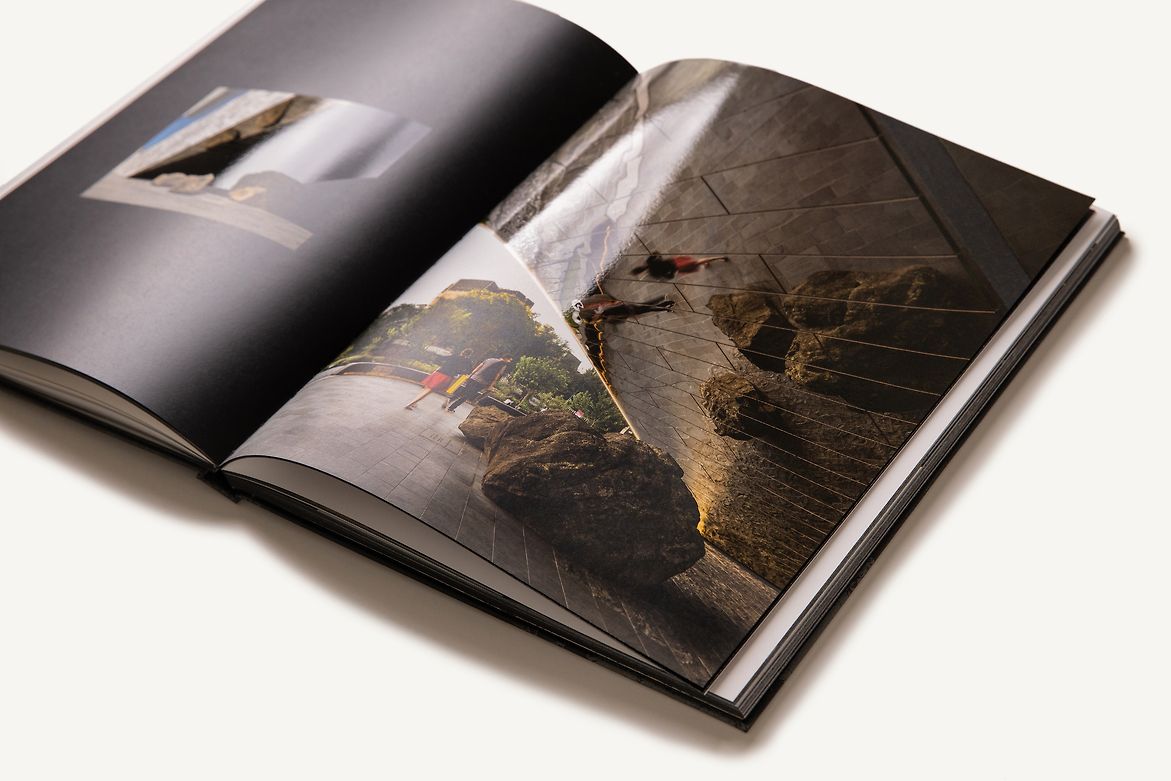
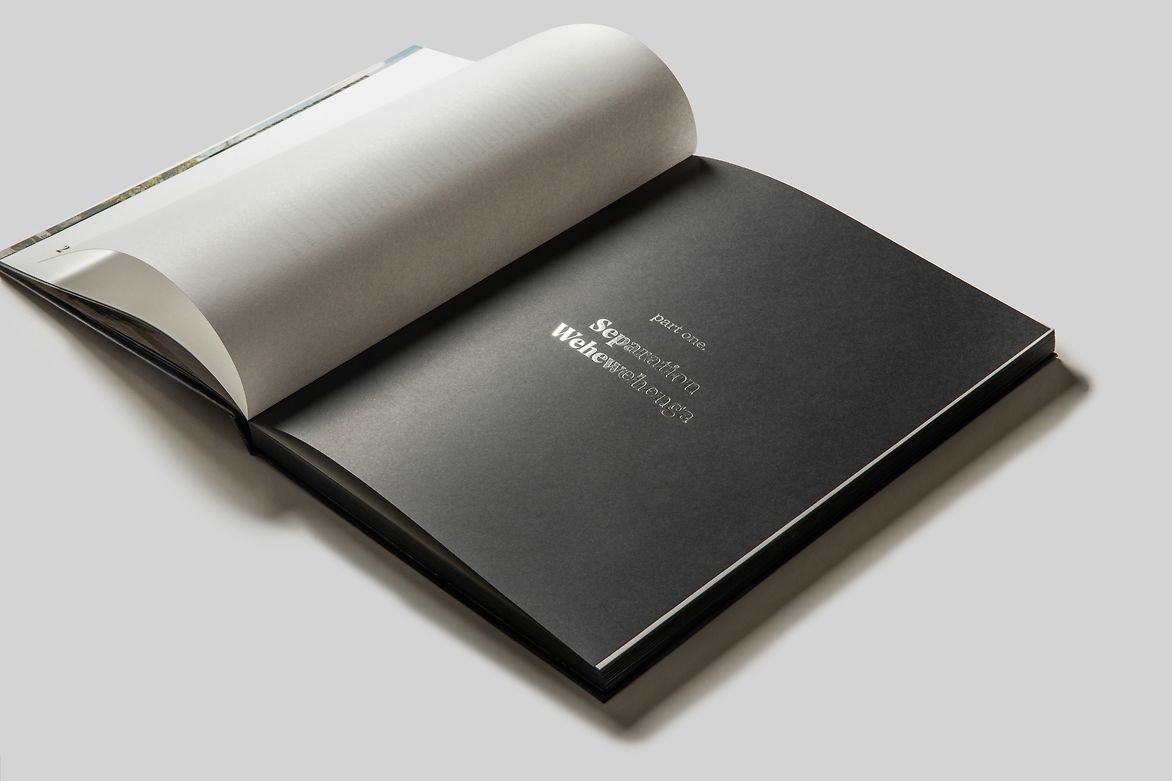
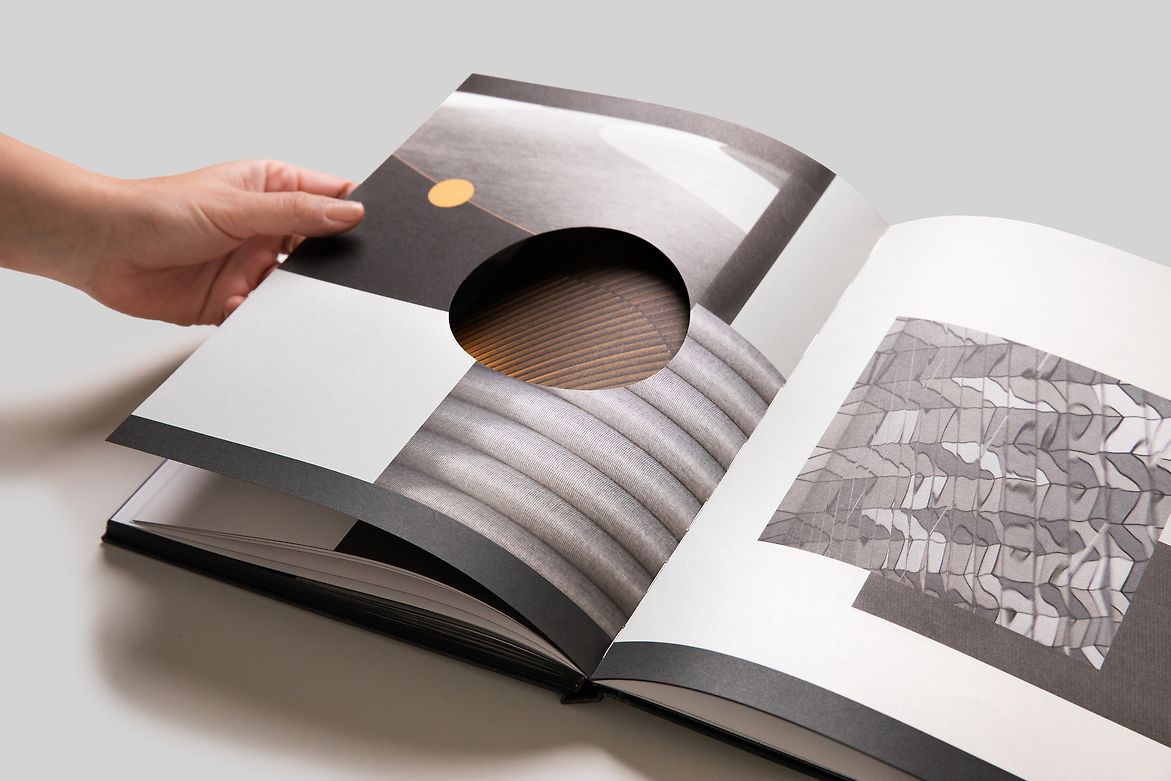
Description:
Te Pae is the iconic convention centre of Christchurch, built after the devastating earthquake of 2011.
This limited edition book on Te Pae is celebrating the building, the land that precedes it, and its people. The book's narrative has been designed as a rite of passage, marking the collective transition from grief and rubble to urban beauty. All of its components and design details are imbued with symbolism and meaning, interweaving this ritual into the materiality of the book.
The black basalt hardcover and edge gilding, turn the book into a mysterious monolith and are an homage to the volcanic land on which the building rests. Basalt to Ngāi Tahu is a treasure of significance to be handed down by ancestors; in the same way this "basalt" object holds inside the story of an important collective transformation to be passed onto future generations.
The enigmatic cover is followed by a sequence of 50 pages of initiation, and only then the full intended effect of the architecture is finally revealed to the reader. The content unfolds gradually over three parts, just like the three-stage sequence of all rites of passage. Part I– Separation describes the break from the past due to the disruptive earthquake; Part II– Transformation, is the liminal phase of creation, construction, and change; Part III– Return, is the incorporation of a new social identity marking the beginning of a new era. The frequent changes in paper stock, act as a tactile backdrop on which this ritual takes place.
Through its elegantly designed pages, the book seeks to delight and transport the reader to Te Pae; a landmark embodying the island’s stunning natural beauty and diverse cultural values. To capture this, it has been created with thoughtful design details, curated photography, and an emphasis on materiality. The different papers, textures, finishes, and treatments reflect the diversity of the building’s materials and give the reader an in-depth insight into the sophistication and craftsmanship of Te Pae. Book and building become a unified experience. Its fluid composition –following the rhythm of the building’s undulating façade– is a tactile and visual interplay among vivid photography, collages, small monochromatic page insets, die-cuts and silver foil details.
The book is a portal taking the readers on an imaginary wander through Te Pae, where they can explore its connections to the braided rivers of Canterbury, the contours of the Southern Alps, and the Māori traditions. Ultimately, it is a tribute to these rare moments in time where co-creation after a crisis can lead to social transformation.